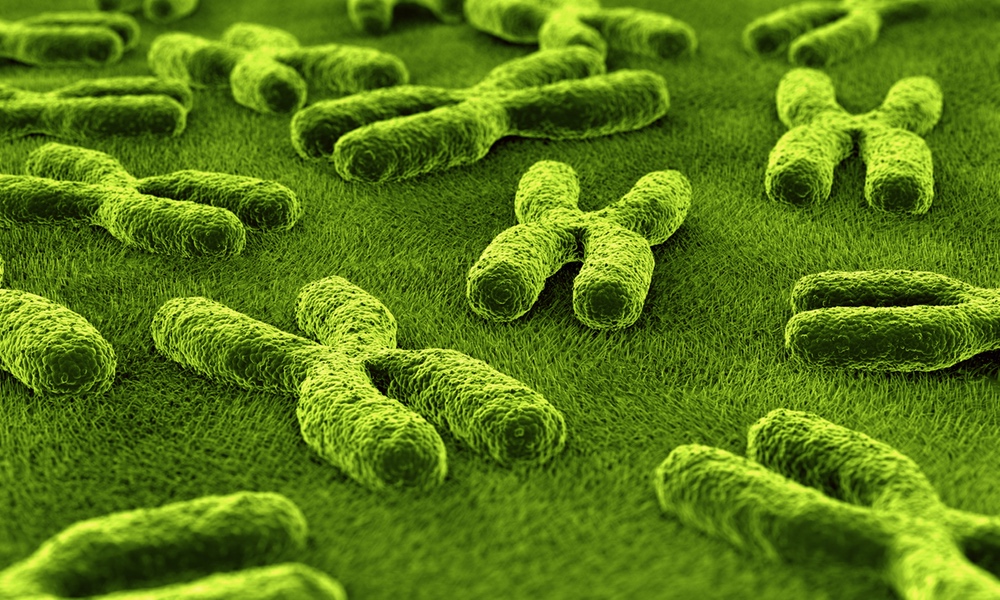An estimated 24 to 50 million Americans have autoimmune diseases that cause their immune system to attack their own tissues. As many as four out of five of patients with autoimmune diseases are women. The female-to-male ratio of those with lupus is 9:1; for those with Sjogren's syndrome, it's 19:1.
Researchers from Stanford University have traced this gender disparity to the most basic feature that distinguishes biological female mammals from males: females have two X chromosomes in every cell in their body, while males have one X and one Y chromosome. Their work may lead to better methods for identifying autoimmune diseases before they develop.
“The problem with autoimmune diseases is that we don't fully understand the causes of these diseases, which limits treatment options and diagnostics,” Diana Dou, lead author on the study, told TheDoctor.No male or female cell can survive without at least one copy of the X chromosome, which has genes coding for hundreds of proteins.
This binding process creates ribonucleoprotein (RNP) complexes of long, non-coding strands of ribonucleic acid proteins, and DNA that bind to those proteins. Studies have associated these so-called collaborator proteins with autoimmune diseases.
To determine how these RNP binding complexes lead to autoimmune diseases, the researchers inserted the gene for Xist into the genomes of two different strains of male mice, one susceptible to symptoms of lupus and the other strain more resistant to these symptoms. The inserted Xist gene could be turned on or off via chemical means, and was modified so that its RNA would no longer silence the genes on the X chromosome of the male mice.
Once the inserted Xist gene was activated, it could produce RNP binding complexes with collaborator proteins similar to those associated with autoimmune diseases in the earlier studies. Mice susceptible to lupus developed symptoms at a rate similar to female mice when injected with pristane, an irritant known to produce a lupus-like autoimmune condition. The lupus-resistant strain of male mice did not exhibit symptoms of lupus when the Xist gene was activated.
Some female mice and some lupus-susceptible male mice did not develop symptoms. This finding demonstrated that both activation of Xist and tissue-damaging stress, in this case by the injection of pristane, cause an autoimmune response. The male mice in the autoimmune-resistant strain did not develop lupus-like symptoms, even when their Xist gene was activated. Resistant female mice also rarely developed symptoms, which suggests a certain genetic makeup is necessary.These so-called collaborator proteins have been linked with autoimmune diseases.
Analysis of blood samples from about 100 patients with autoimmune disease found autoantibodies, or antibodies to their own tissues, targeting Xist RNP complexes. Some of these autoantibodies were specific to certain autoimmune diseases, so they may be used to identify them before symptoms develop. Autoantibodies to other Xist RNP complexes were specific to several autoimmune diseases and may be common markers of autoimmunity.
“Now we know Xist has a role in promoting autoimmune diseases, the question becomes how,” explained Dou, a research scientist at Stanford. She and her team hope to identify the pathways by which Xist promotes autoimmune disease, and develop diagnostics and more specific treatments for each disease.
The study is published in the journal Cell.





